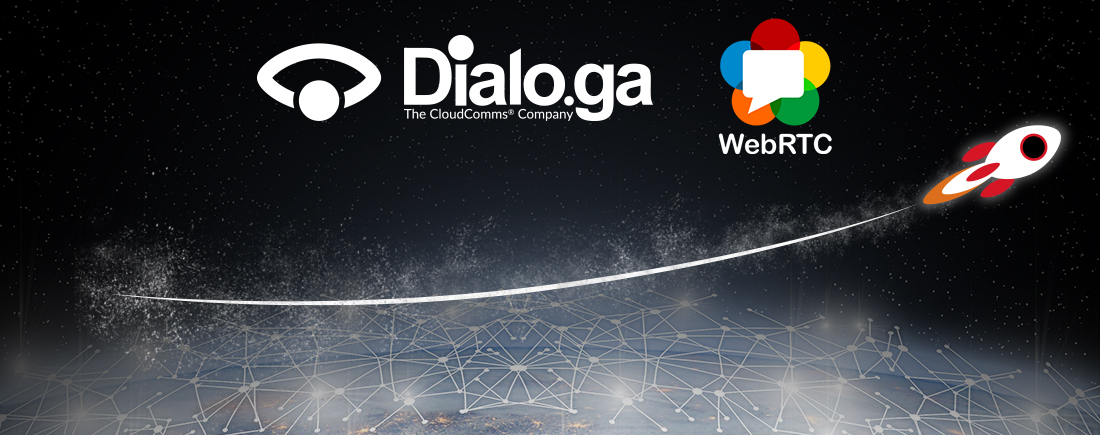None at all. WebRTC technology does not require any infrastructure, physical installations or the purchase of any devices. This is precisely one of the clear advantages that WebRTC presents over previous models. This is complemented by the significant cost reduction of not requiring investment in expensive infrastructure.
To understand how this is possible, it is essential to first understand how WebRTC works. It is a collection of protocols that allow voice, video, chat, file transfer and instant messaging communications, in real time, and over end-to-end connections within a browser. By opening a url in a browser we can start communicating in all these ways.
By being able to establish communications from any device that has a browser, be that a computer, mobile phone or tablet, the agent is no longer tied to a specific physical location. From an office, home or on the move anywhere in the world, an agent can communicate while always maintaining the same IDD if required. By disposing of dedicated infrastructure and evolving towards a WebRTC model, the ubiquity of agents is made possible.
WebRTC technology represents a radical change in the traditional way of conceiving both telephone communication and the organizational structure of employees in a Contact Centre. WebRTC allows for a mixed model, with different levels of attention, capable of adapting to the different needs of each agent and Contact Centre.
Dialoga. “What infrastructure do I need to deploy in my contact centre to evolve from my SIP Trunk-based hardware to a WebRTC-based system?”. March 15, 2017





